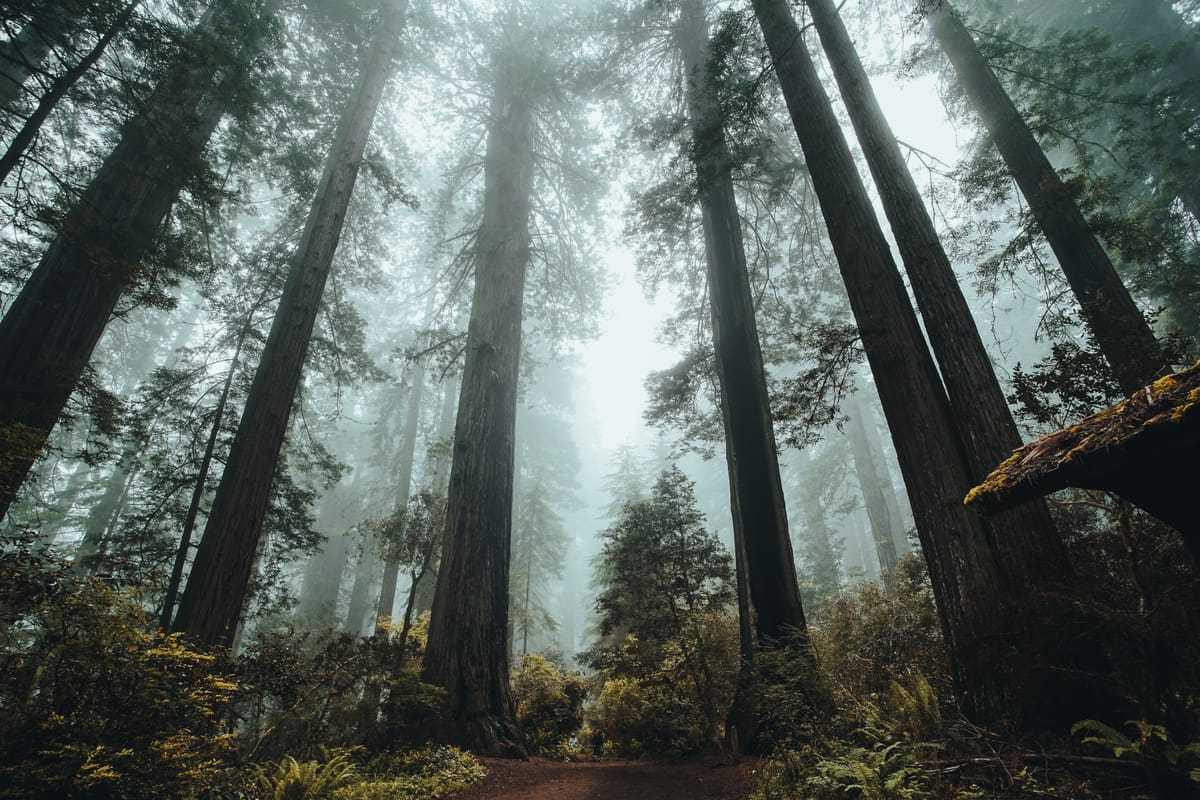
“Leafy is one thing,” begins a damning report by the California Commission on Foliage Equity, “but huge swaths of this town are blanketed by a majestic canopy of old-growth forest.” Most residents have their own personal redwood trees, and there are entire neighborhoods that have never been exposed to the scorching rays of the sun, the commission found. “This is shade-hogging at its worst.”
This morning, a crowd of protestors from less verdant areas gathered in Mill Valley’s sun-dappled downtown square to amplify the findings. They complained that the town’s unreasonable level of greenery had allowed it to prosper in ways that their barren hamlets could only dream of. “How are we supposed to have great schools, beautiful homes and crime-free streets with the sun beating down on us so mercilessly?” said one of the speakers. “Leave some leaves for the rest of us!”
Experts don’t fully understand the connection between ample foliage and general affluence. “Leafy suburbs tend to be quite well-off, and highly desirable,” said Arvin Goula, a professor of Urban Planning at Stanford. “If you go back in history, wealthy people and aristocrats would have butlers who carried a parasol to keep them out of the sun. This is what’s happening at a city-wide level in Mill Valley.”